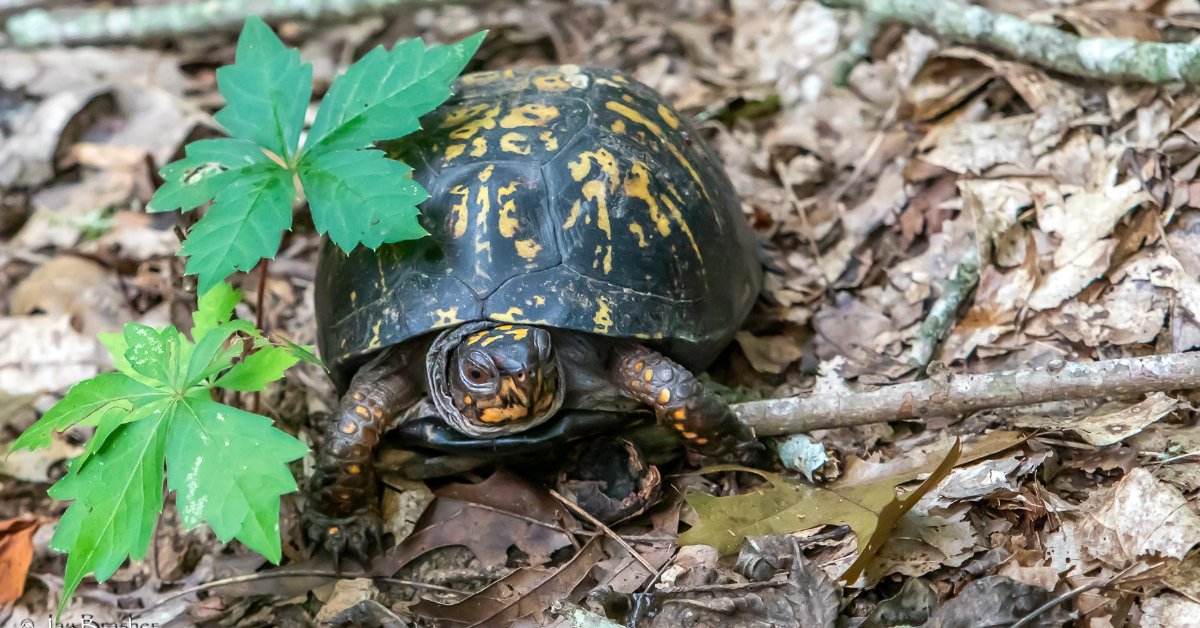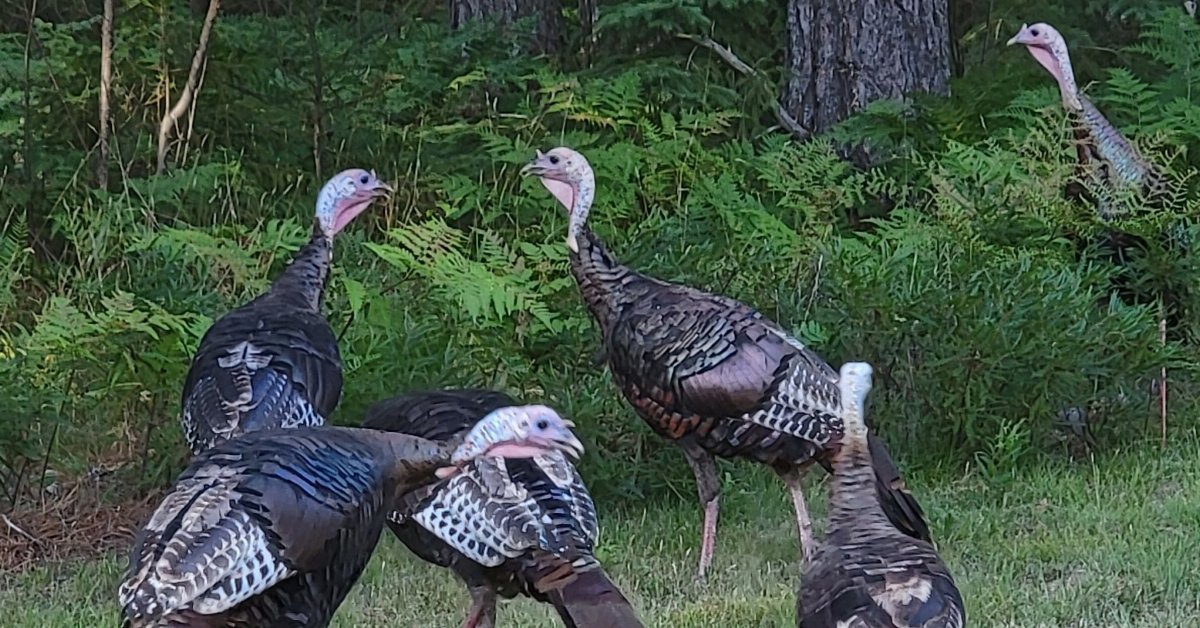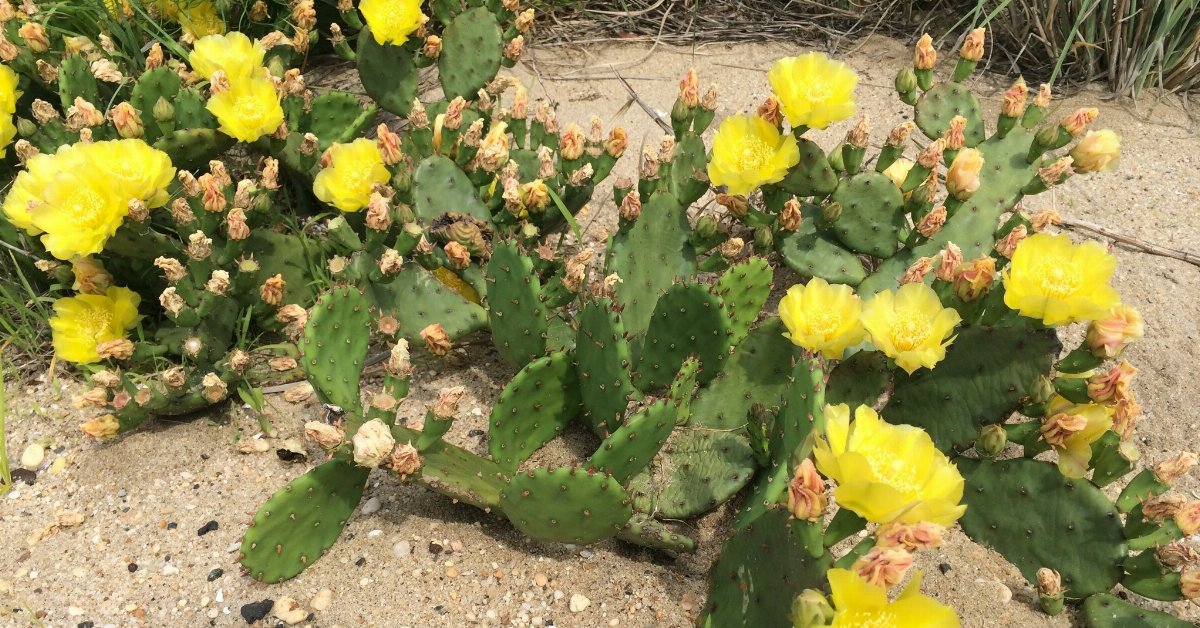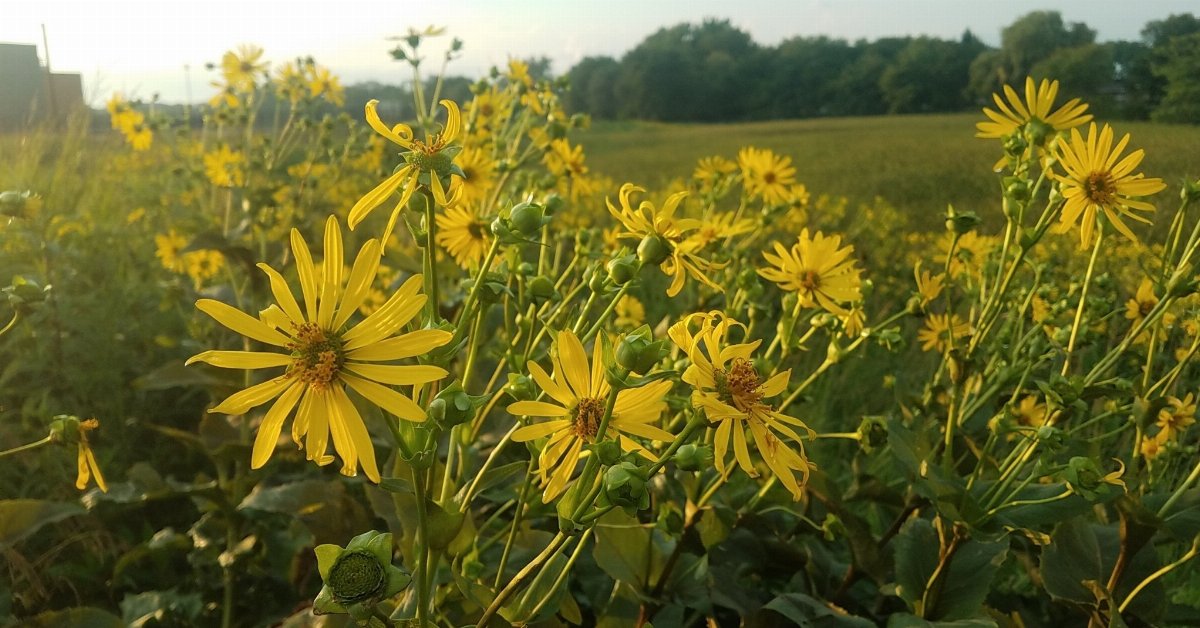Philadelphia Fleabane (Erigeron philadelphicus)
Updated May 18th, 2024A common and widely-distributed biennial or short-lived perennial of moist sites, native across North America.
bplant.org is a website to help you learn about plants and their ecology and distribution, with an eye towards preserving, protecting, and restoring biodiversity.
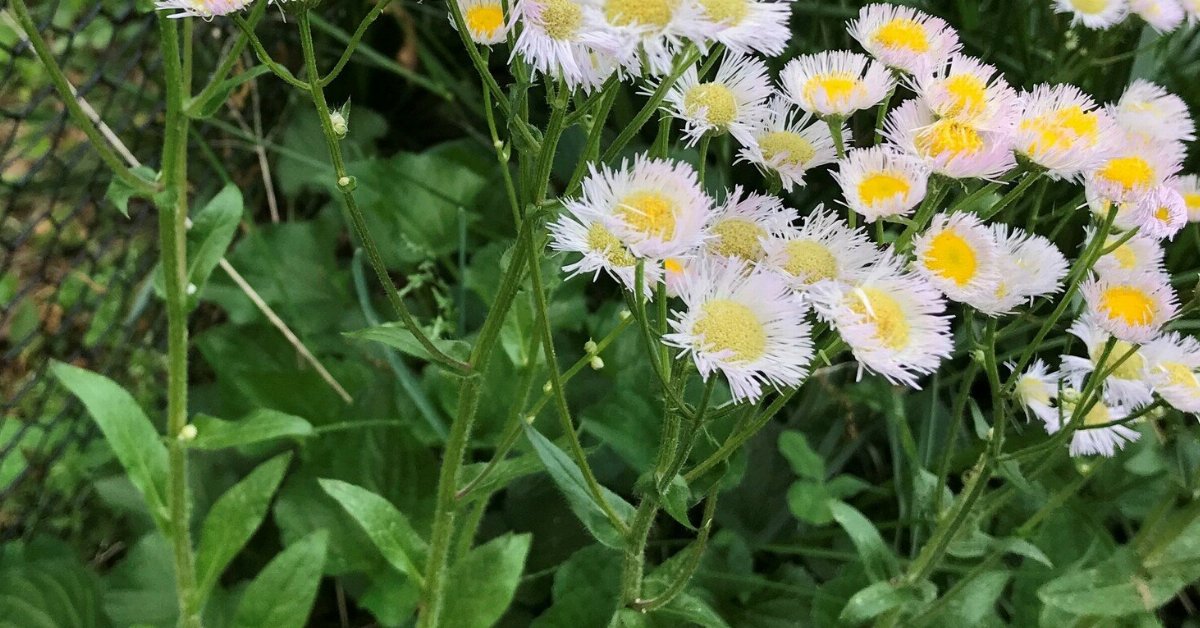
A common and widely-distributed biennial or short-lived perennial of moist sites, native across North America.
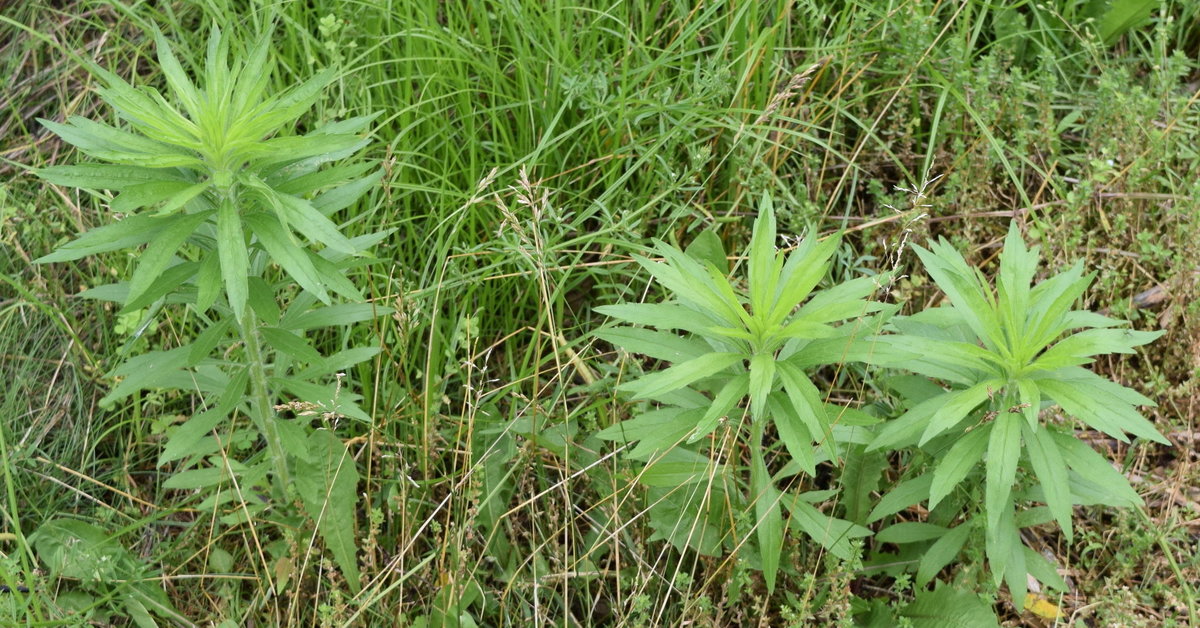
Horseweed is an annual plant, native to North America and widely distributed across the continent. It has been introduced to temperate zones in Asia, Europe, and Australia. It is a frequent weed in agricultural lands, especially in no-till agriculture.

A maple with compound leaves, native across North America, coast-to-coast, common in riparian areas and near wetlands.

A cold, flat, poorly-drained region in Southcentral Alaska, surrounded by ice-covered mountains.
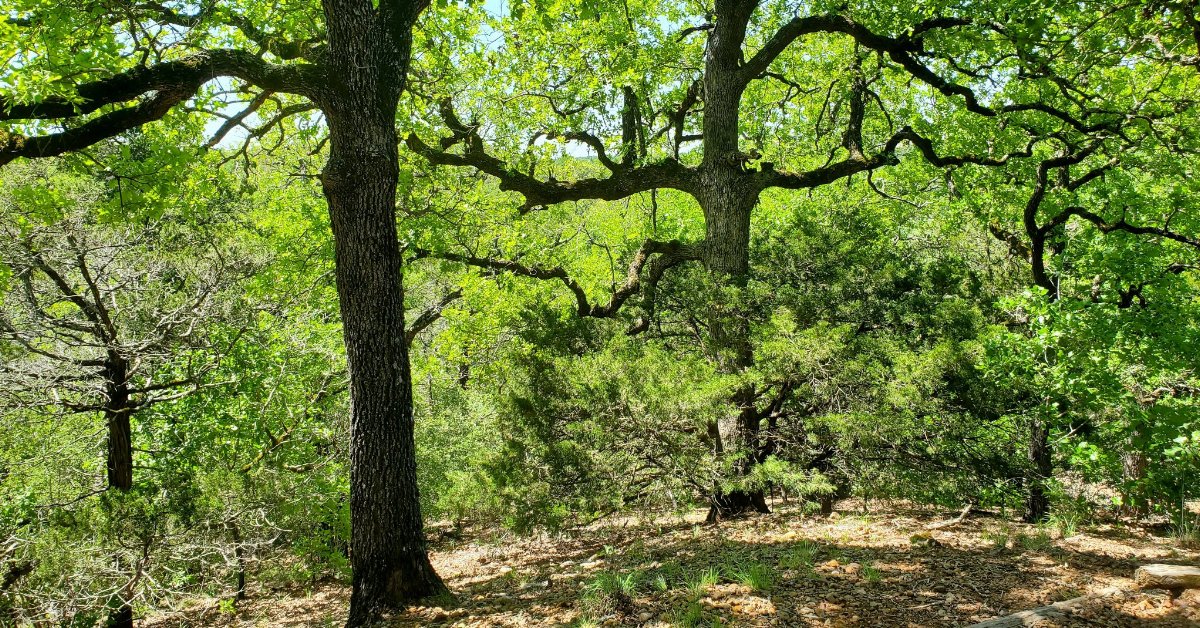
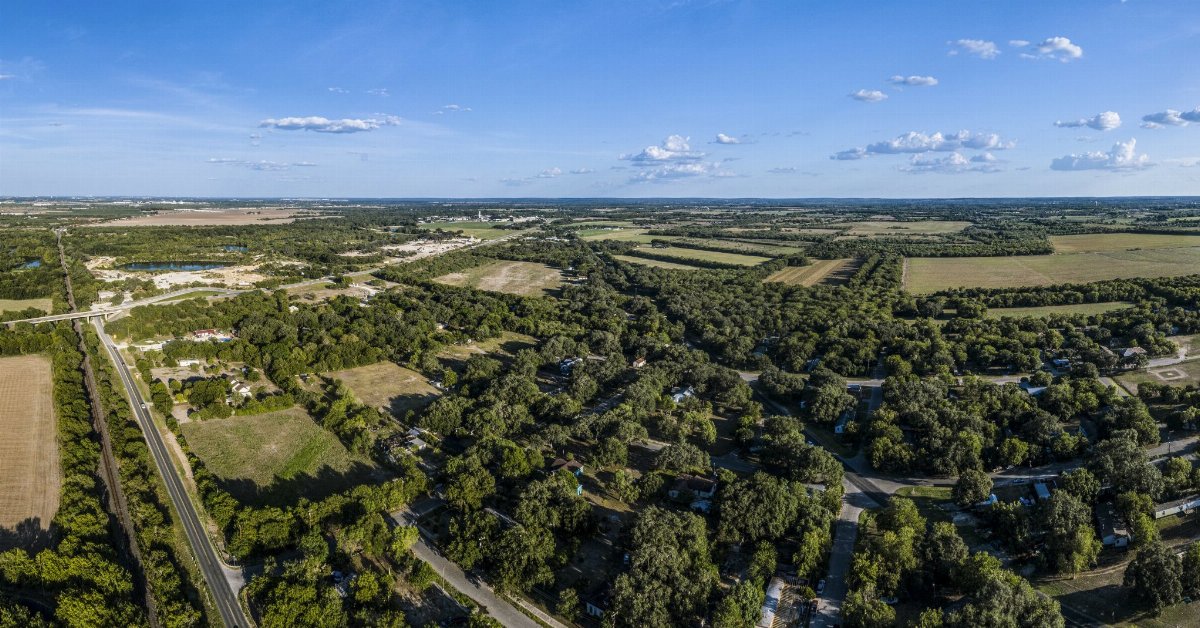
A heavily-populated and intensively-farmed region in East-Central Texas, once covered mostly in tallgrass prairie.

These two native spring ephemerals are visually similar and easily confused where their ranges overlap. They are easily told apart by leaf shape, and there are some other subtle differences which are less reliable for identification. C. virginica ranges much farther south and west, and ranges farther into sunnier and more upland habitats, whereas C. caroliniana ranges farther north, to higher elevations in the Southern Appalachians, and prefers shadier habitats.
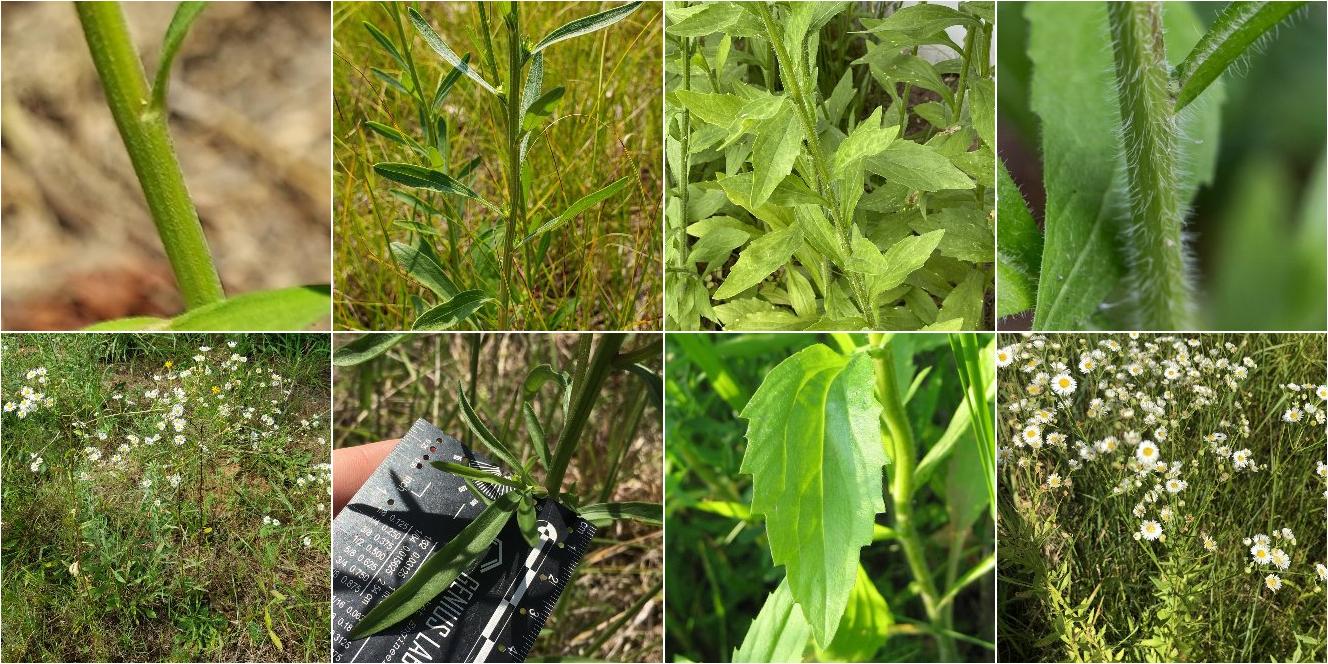
These closely-related species are visually similar and can occur together in the same habitats, tend to bloom around the same time, and their flowers are nearly indistinguishable. E. annuus favors moister, more disturbed habitats with richer soil, and tolerates more shade, whereas E. strigosus ranges farther west and south, prefers drier, sunnier, slightly less disturbed habitats, and is more tolerant of alkaline soil.
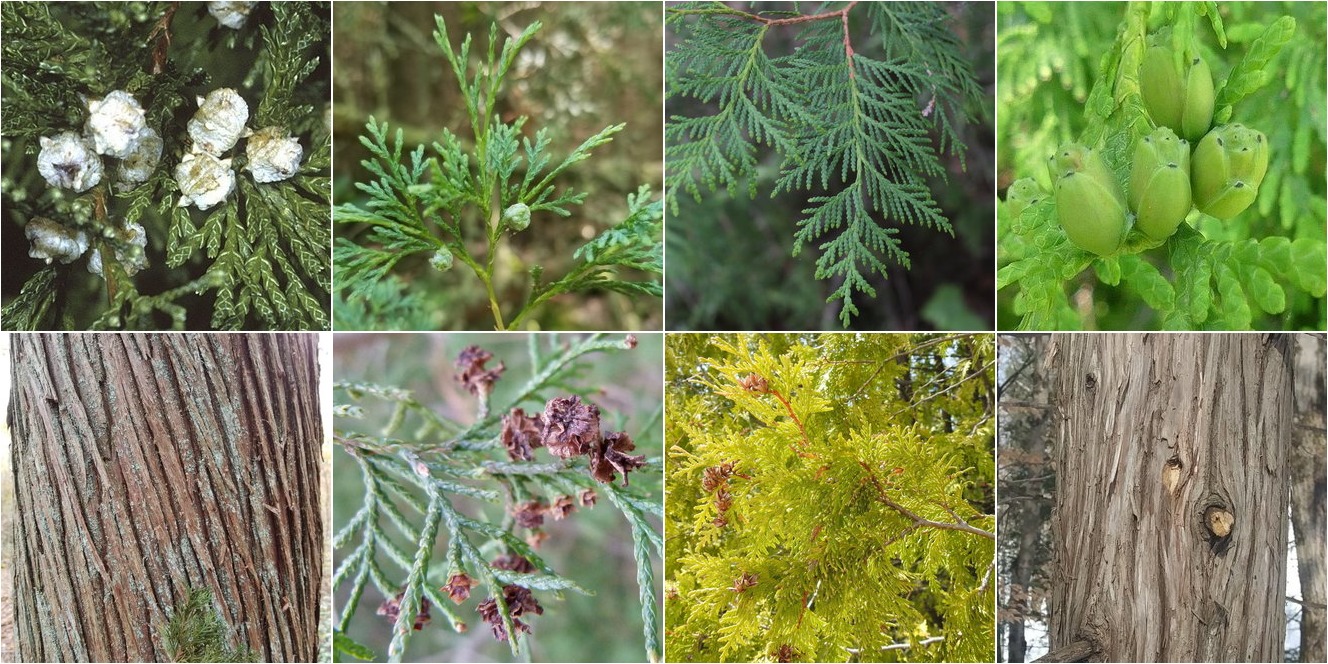
These two species only overlap in the wild in a small part of New England, but both are widely planted in landscaping. Both have scale-like foliage and seed cones releasing wind-dispersed seeds. They can be told apart by their foliage arrangement, density, and color, seed cones, and shape. Some trees can be distinguished by bark. Both prefer moist conditions, but Atlantic white cedar is more restricted to wetlands. The two species have no overlap in soil pH, with Atlantic white cedar limited to sites with acidic soils (pH <5.5), whereas Northern White Cedar is most likely on more calcium-rich soils (pH > 5.5.)
